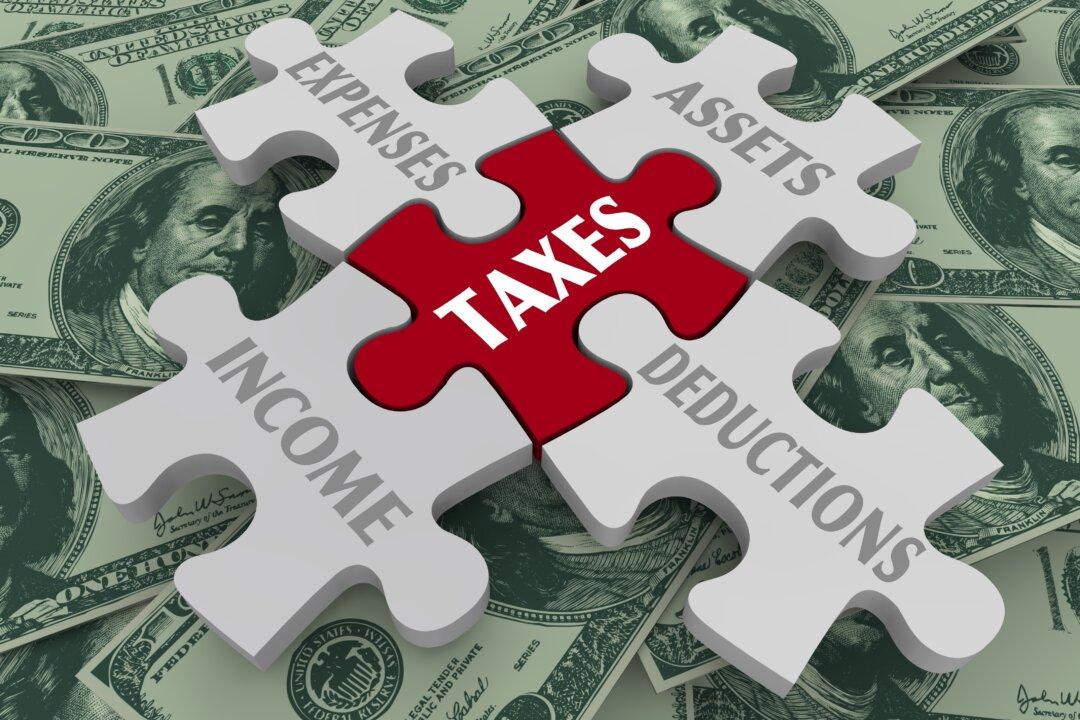Planning for retirement should start when you’re young. In the old days, it was started for you by your employer. But now that employee benefit of a pension plan has become a rarity. Yet just because it’s rare, doesn’t mean it’s nonexistent. And although most pension plans are held in the public sector, millions of people in the private sector still have them.
Most traditional pension plans have moved over to other forms of retirement planning. But it’s still important to know how pension plans work and what your options are.






